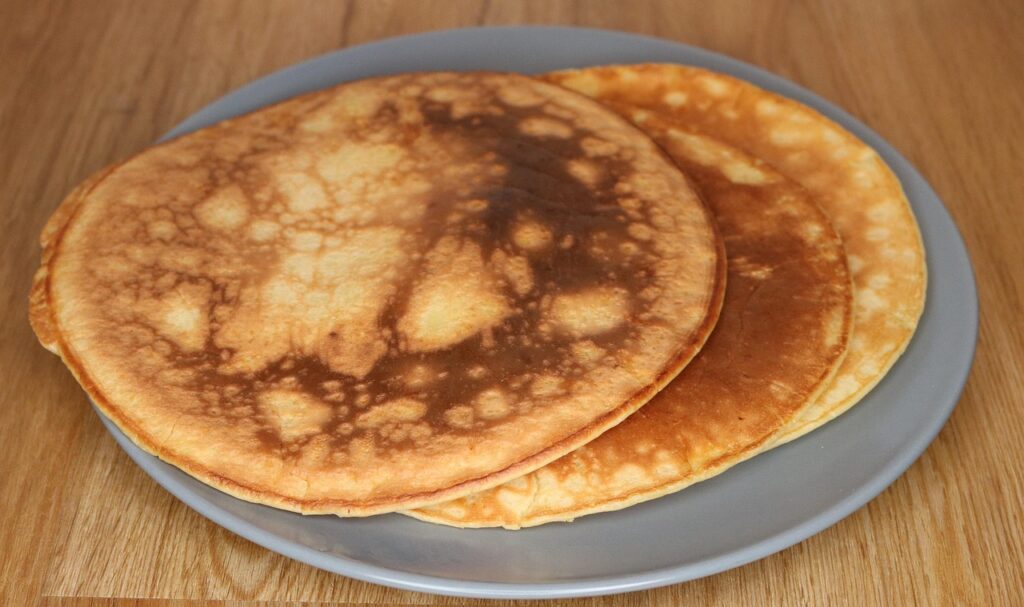
Pancakes have been a favorite breakfast item for years, but many of us unknowingly make mistakes that ruin their fluffiness and flavor. There could be many reasons behind this—maybe you’re using the wrong ingredients, or perhaps you’re cooking it for too long at incorrect temperatures. Today we’ll share 15 mistakes that are ruining your pancakes.
Using Cold Ingredients
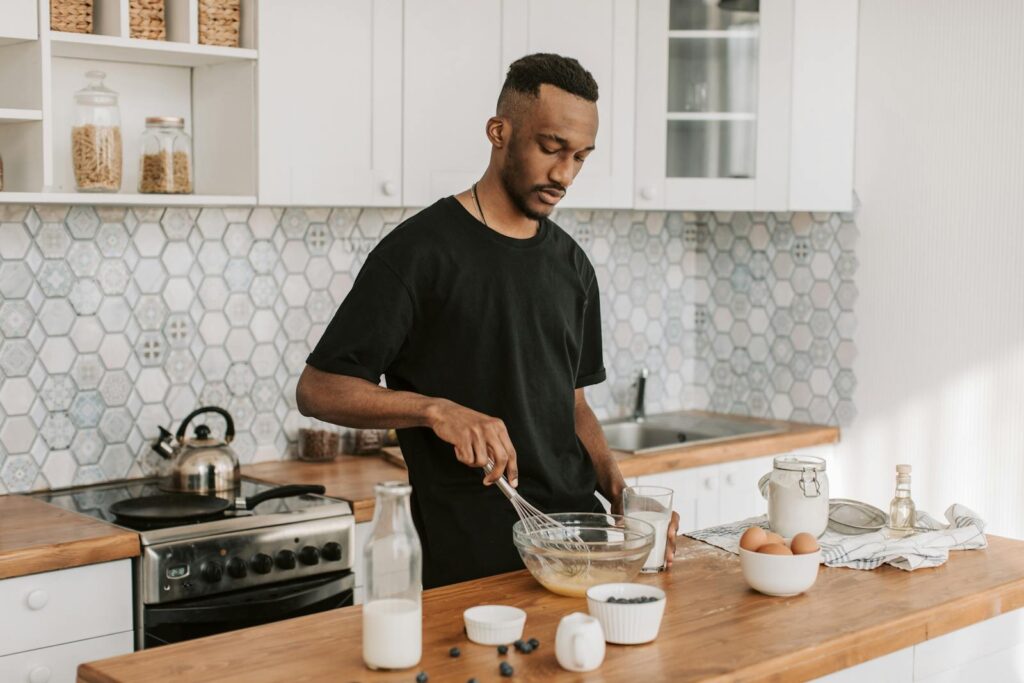
Using cold eggs, milk, or butter (your three main ingredients) can prevent the batter from combining smoothly. Cold ingredients create clumps in the batter and affect the texture of your pancakes so you need to let all your ingredients sit at room temperature for about 10 minutes before mixing. This small step helps the batter blend better so you get a smoother texture and fluffier pancakes when cooked.
Overmixing the Batter
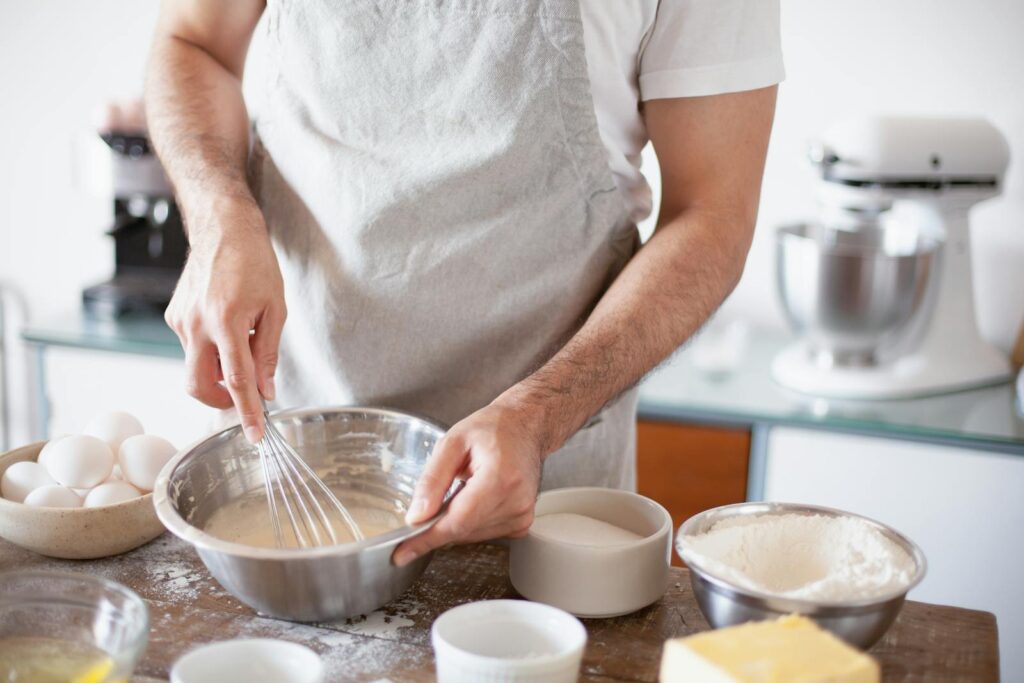
It may look like you must mix your pancake batter until it’s perfectly smooth, but it’s the mistake that will cost you a pancake. Overmixing activates the gluten, making your pancakes chewy and tough instead of light and fluffy so the trick is to mix it just enough to combine all the wet ingredients with the dry ones. It’s okay if there are a few lumps in the batter; they’ll disappear as the pancakes cook.
Using Too Much Baking Powder
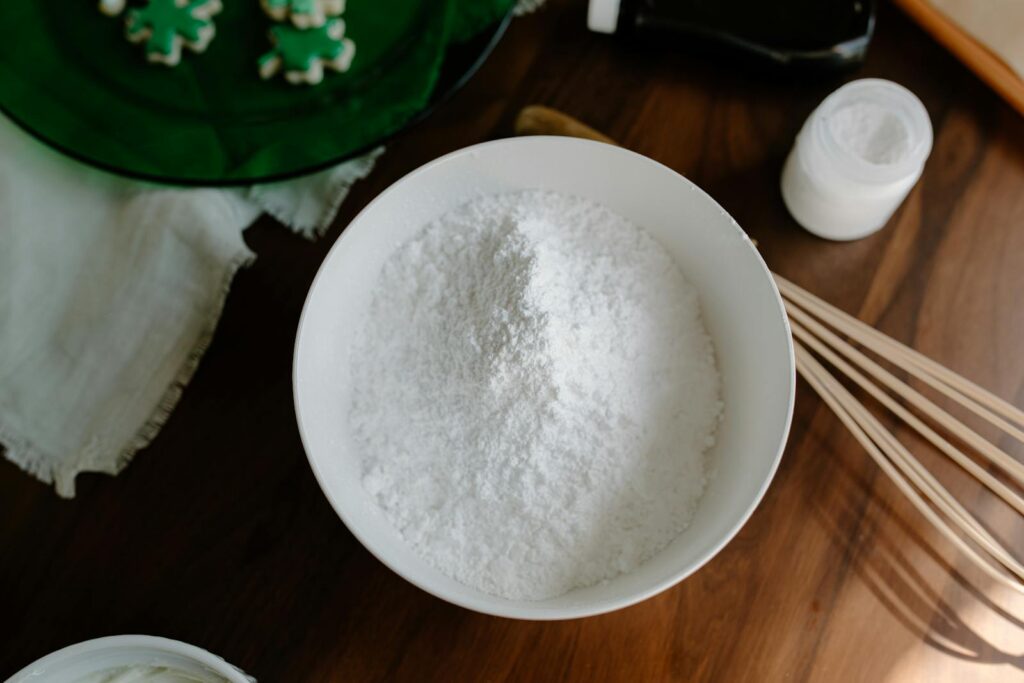
Baking powder is an important element for making your food rise and become light, but adding too much of it can totally ruin the flavor as it gives a metallic aftertaste. The secret is to follow the recipe and use the correct amount to ensure the pancakes will rise slowly and evenly and have that perfect fluffy texture without any nasty taste.
Not Preheating the Pan
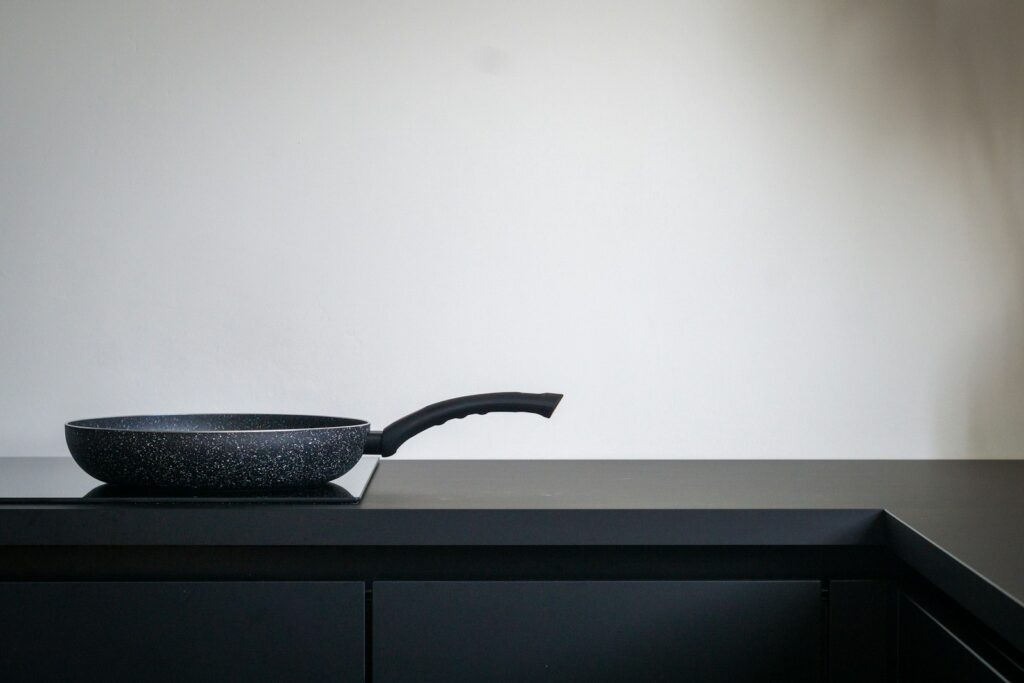
If you start cooking your pancakes in a cold pan, they’re more likely to stick to the bottom, cook unevenly, or even burn before they’re cooked properly so always preheat your pan or griddle over medium heat before you start cooking. You can test if it’s ready by splashing a few drops of water onto the surface—if they sizzle and evaporate immediately, the pan is hot enough to start cooking your pancakes to perfection.
Pouring Too Much Batter
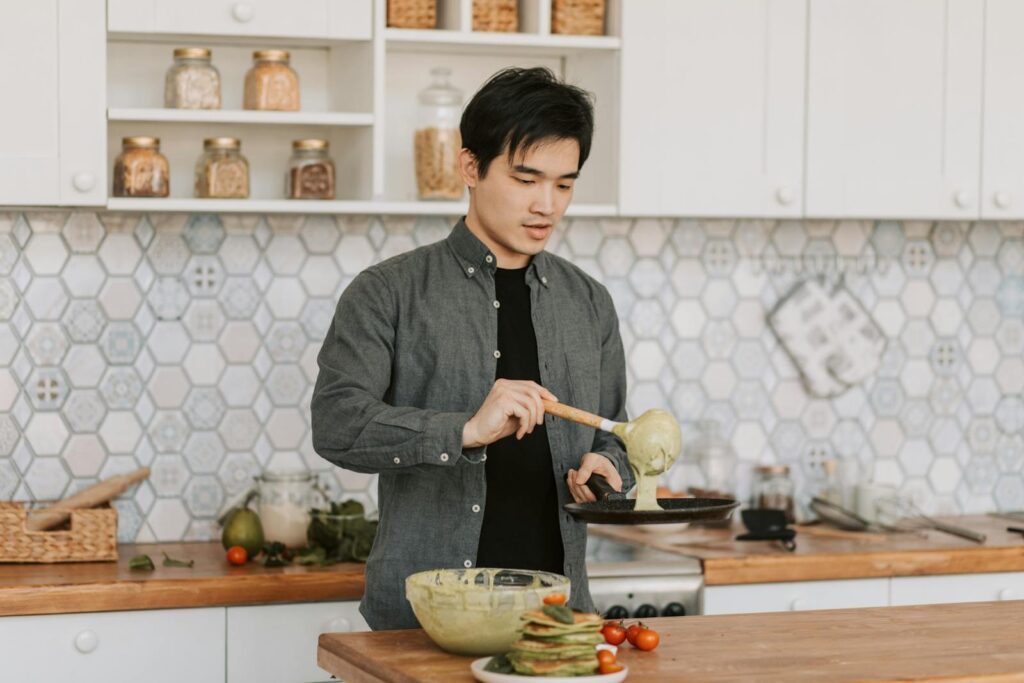
It’s tempting to make giant pancakes, but pouring too much batter onto the griddle can lead to pancakes that are too thick, hard to flip, or unevenly cooked so aim to use only 1/4 cup of batter per pancake (buy a measuring cup for this). It allows the batter to spread naturally into a round shape and gives you pancakes that cook evenly on both sides.
Not Using Enough Fat
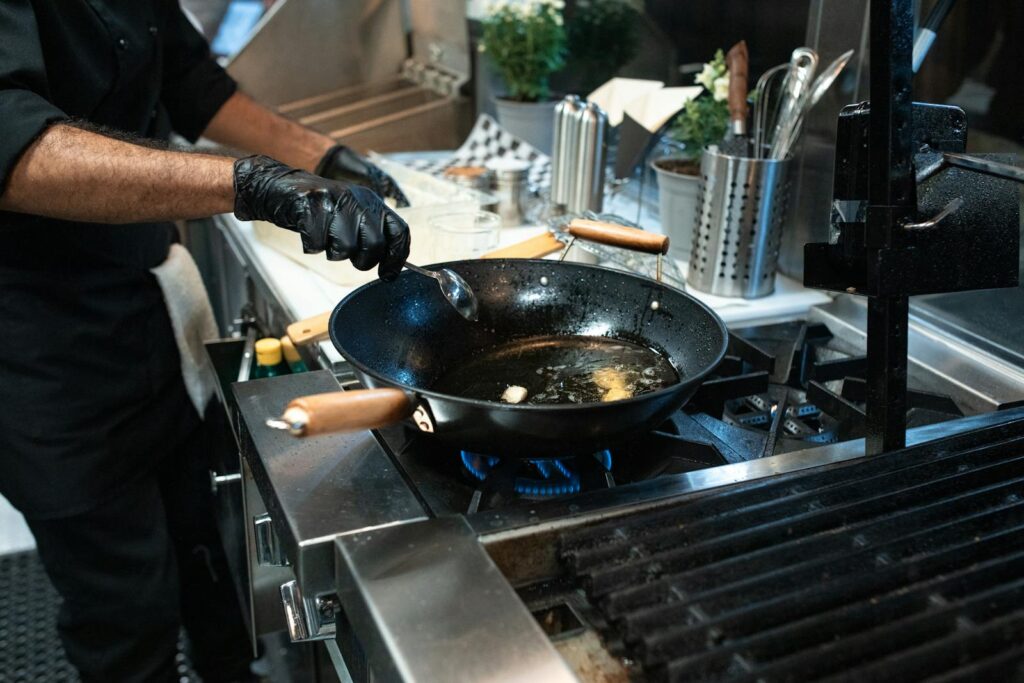
Even though you have a non-stick pan, not using enough butter or oil can cause your pancakes to stick and burn. Fat helps to create a golden-brown color and prevents the pancakes from sticking to the bottom of your pan. You don’t need to drown the pancakes in butter (that would be super unhealthy), but make sure the pan is lightly greased with butter or oil before cooking each batch.
Flipping Too Early or Too Late

Flipping pancakes at the wrong time can make them fall apart or burn. Flipping them too early will be undercooked in the middle and might break when you try to flip them, and if you wait too long, they’ll turn too dark on the outside and could be raw inside. The best time to flip is when you see bubbles forming on the surface and the edges starting to set.
Skipping the Resting Time
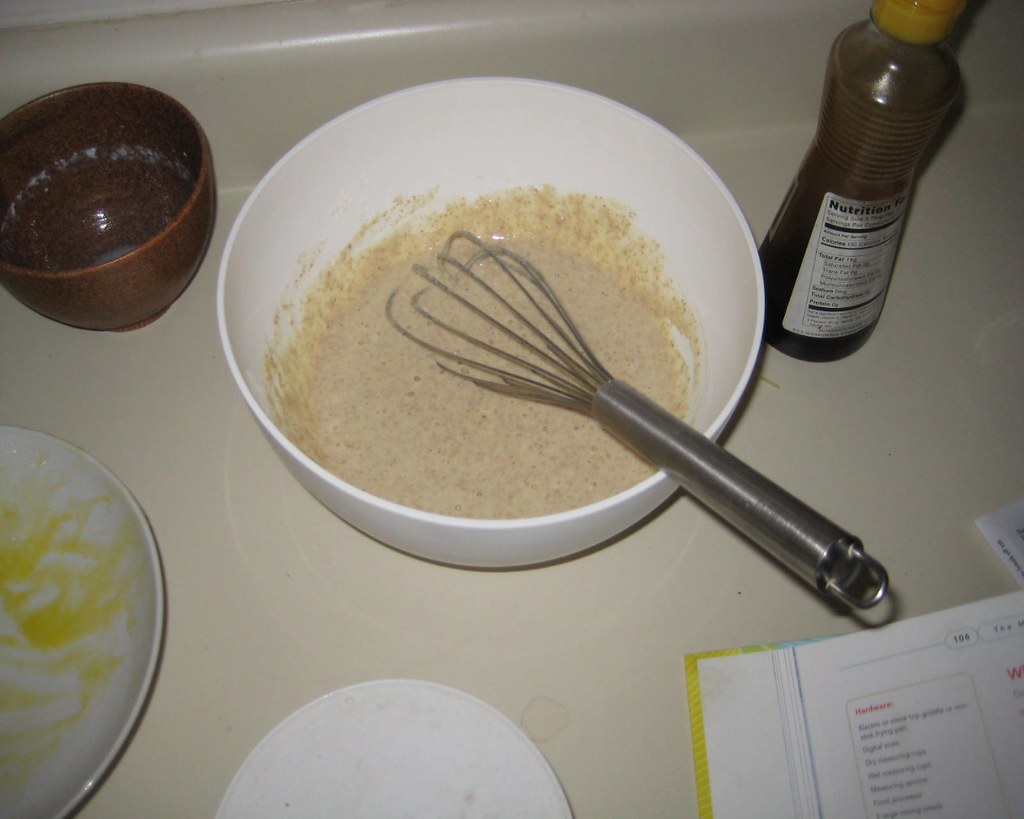
When you let your pancake batter sit for about 5-10 minutes, the flour fully absorbs the liquid, and the gluten relaxes, which results in lighter and more fluffier pancakes. If you skip this step and cook the batter right away, your pancakes can end up dense and very heavy, so you need to be patient and take a moment to let the batter rest before you start cooking for the best results.
Not Adjusting the Heat
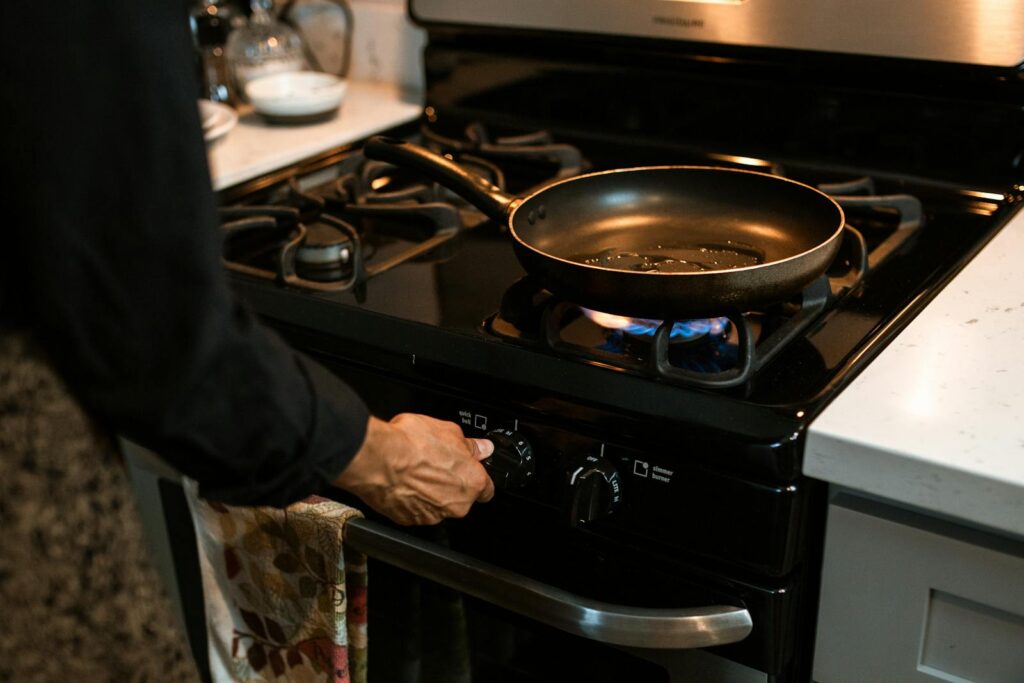
If your pan is very hot, the outside will burn before the inside even gets the chance to cook properly, and you’ll be left with pancakes that are crispy on the outside and raw on the inside. On the flip side, if the heat is too low, the pancakes will take forever to cook and become too dry. Aim for medium heat and adjust it to maintain a stable temperature throughout cooking.
Using the Wrong Flour
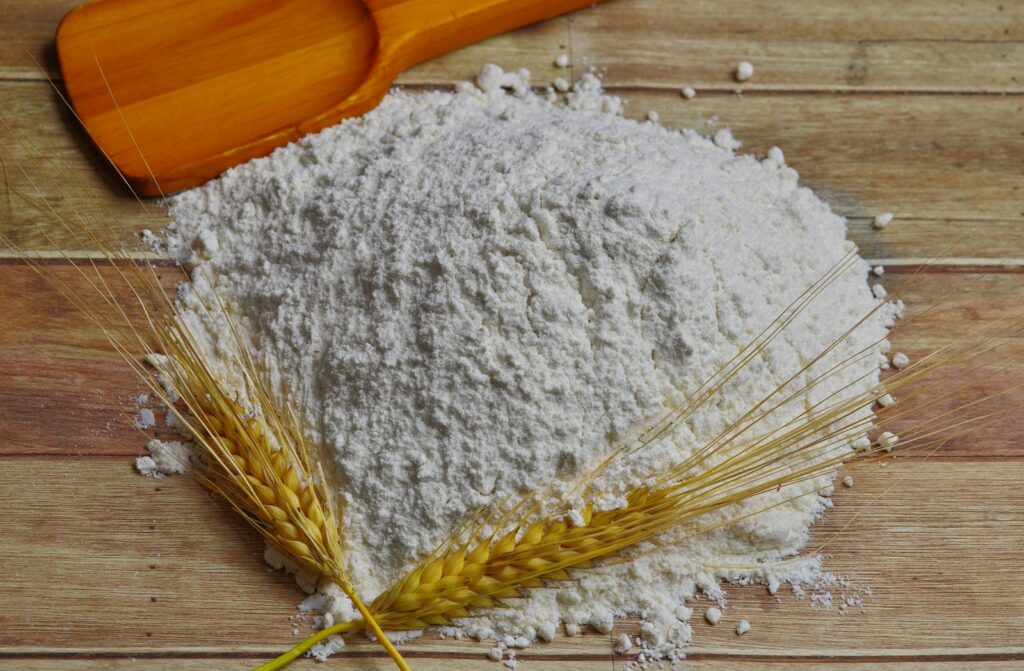
Not all flours are equal, and using the wrong kind can impact the texture of your pancakes. All-purpose flour is your best option if you want the fluffiest pancakes. But your pancakes will be less airy if you use whole wheat flour. And don’t use cake flour because it’s very soft and can make the pancakes too delicate. Stick to all-purpose flour to get the ideal texture—soft, light, and fluffy—every time.
Using Too Little or Too Much Liquid
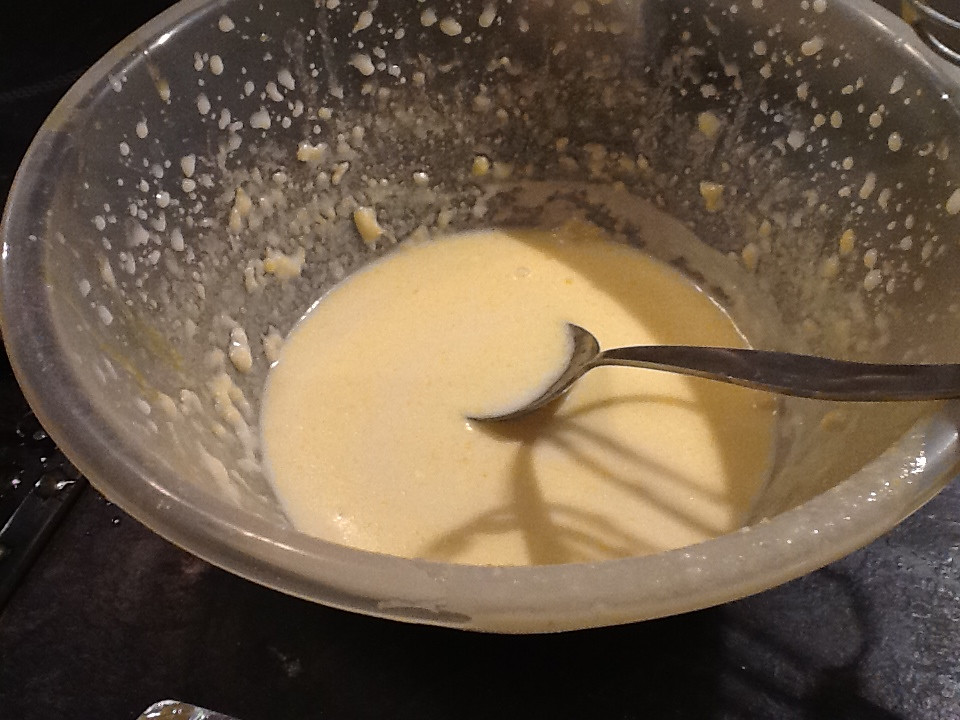
Too much liquid in the batter will be too runny to pour and will result in flat pancakes that won’t rise, no matter how much you try. And if there’s not enough milk or water, the pancake batter will be too thick and hard to spread, and you’ll have heavy pancakes. The ideal pancake batter should always be thick but pourable, so adjust the liquid as needed to get the right consistency for fluffy pancakes.
Using a Too-Deep Pan
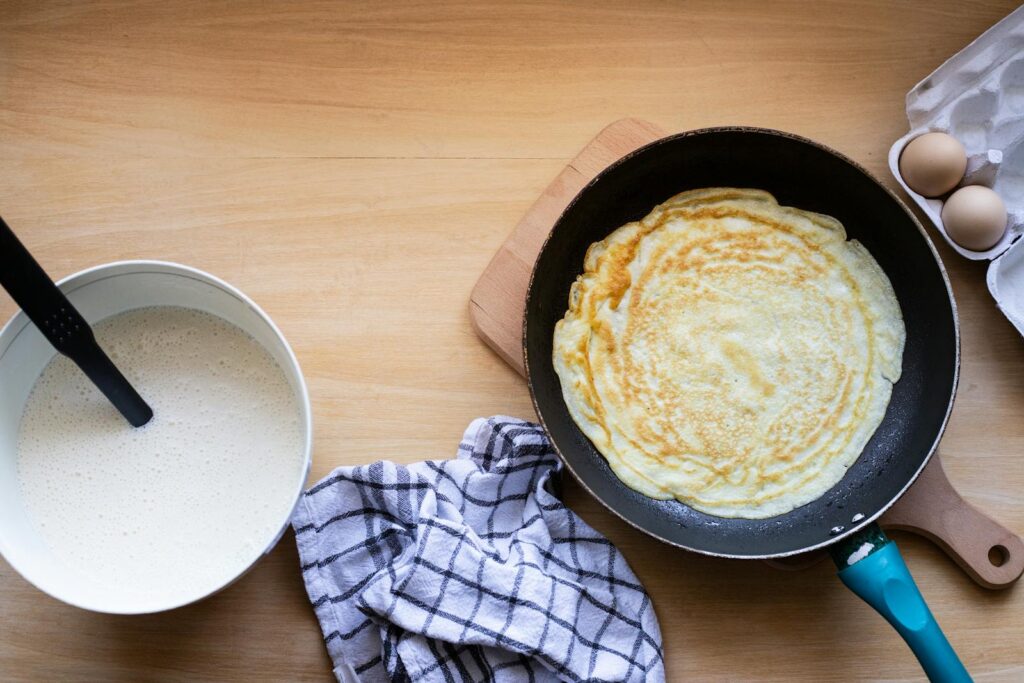
A deep pan can trap steam while cooking, which prevents your pancakes from crisping up and it also makes them very soggy. Use a shallow skillet or griddle instead to get a nice golden-brown exterior, as these pans allow heat to circulate evenly and help cook the pancakes quickly while keeping them light and fluffy on the inside. A shallow pan promotes even cooking, so avoid using deep pans for the best pancake results.
Not Washing the Pan Between Batches
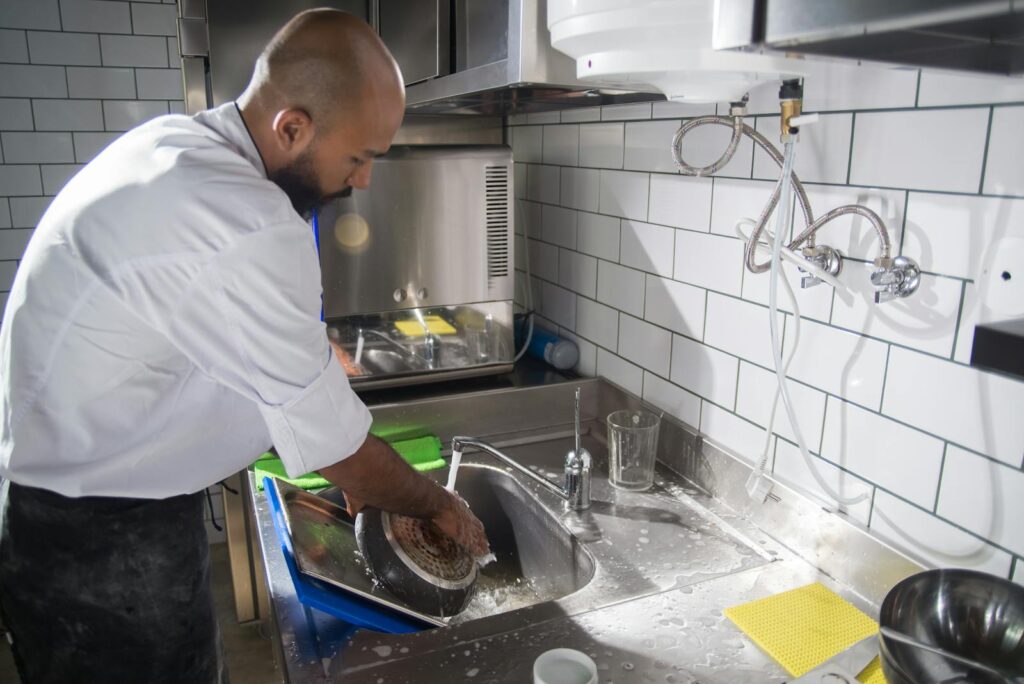
Making multiple batches of pancakes and leaving the pan unwashed between rounds can lead to burnt bits sticking to your fresh pancakes. Those leftover crumbs can burn quickly and give your new pancakes a bitter taste and an uneven surface, so quickly wipe the pan with a paper towel between batches. This keeps each pancake fresh, golden, and free from unwanted burnt bits.
Adding Too Much Sugar
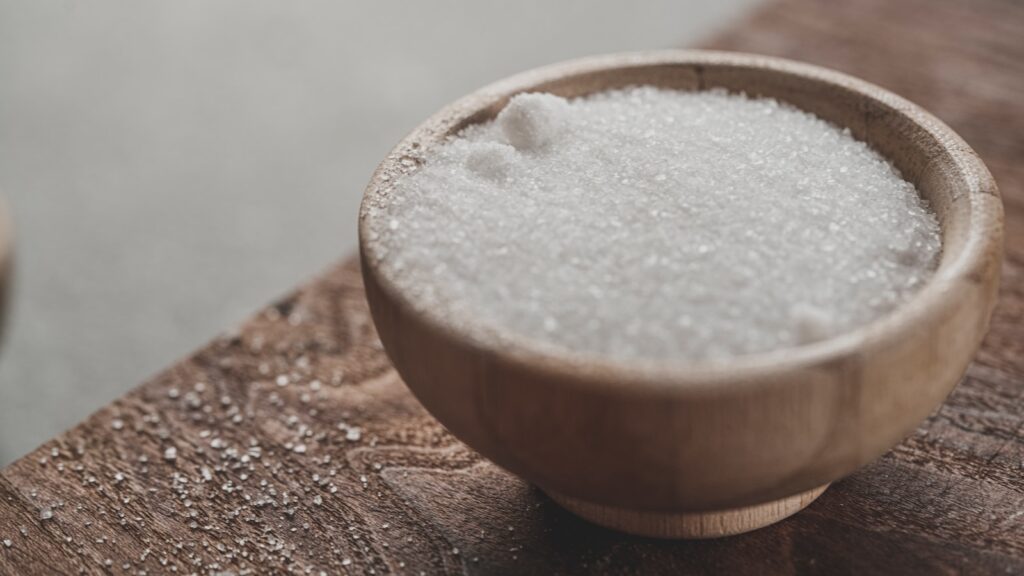
We know it’s tempting to add extra sugar for sweetness but too much of it in your batter can cause your pancakes to burn and become overly sweet. If you load the batter with too much sugar, you’ll end up with pancakes that taste more like dessert than breakfast, so use a moderate amount of sugar and let the toppings do the rest.
Not Letting the Pan Cool Between Batches
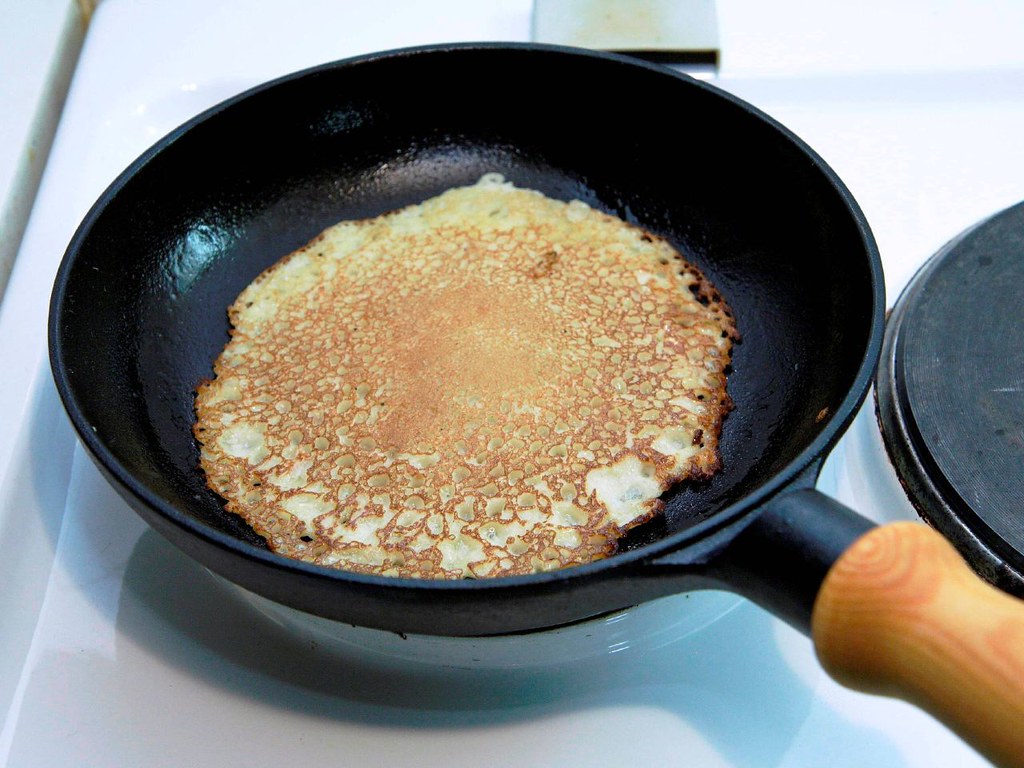
When you’re cooking multiple pancakes, your pan can get too hot after the first few batches. If the pan is too hot, the pancakes will get burned, while the next batch won’t cook properly. Take a short break between batches and let your pan cool down for a minute or two. It will help you maintain an even temperature and makes sure that each batch of pancakes cooks at the right pace.
Leave a comment